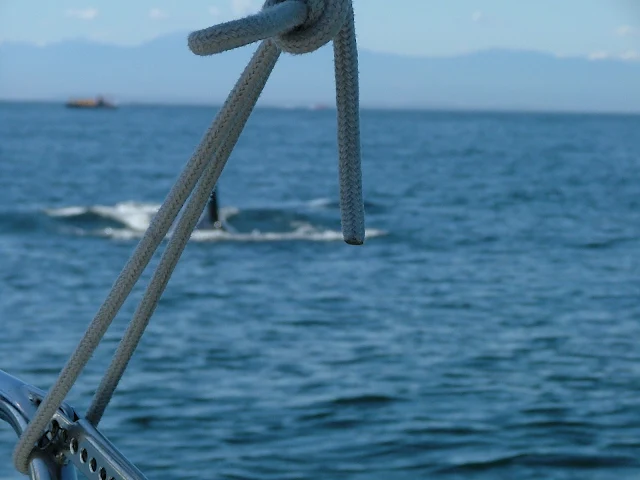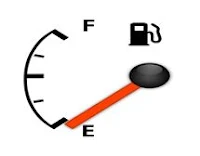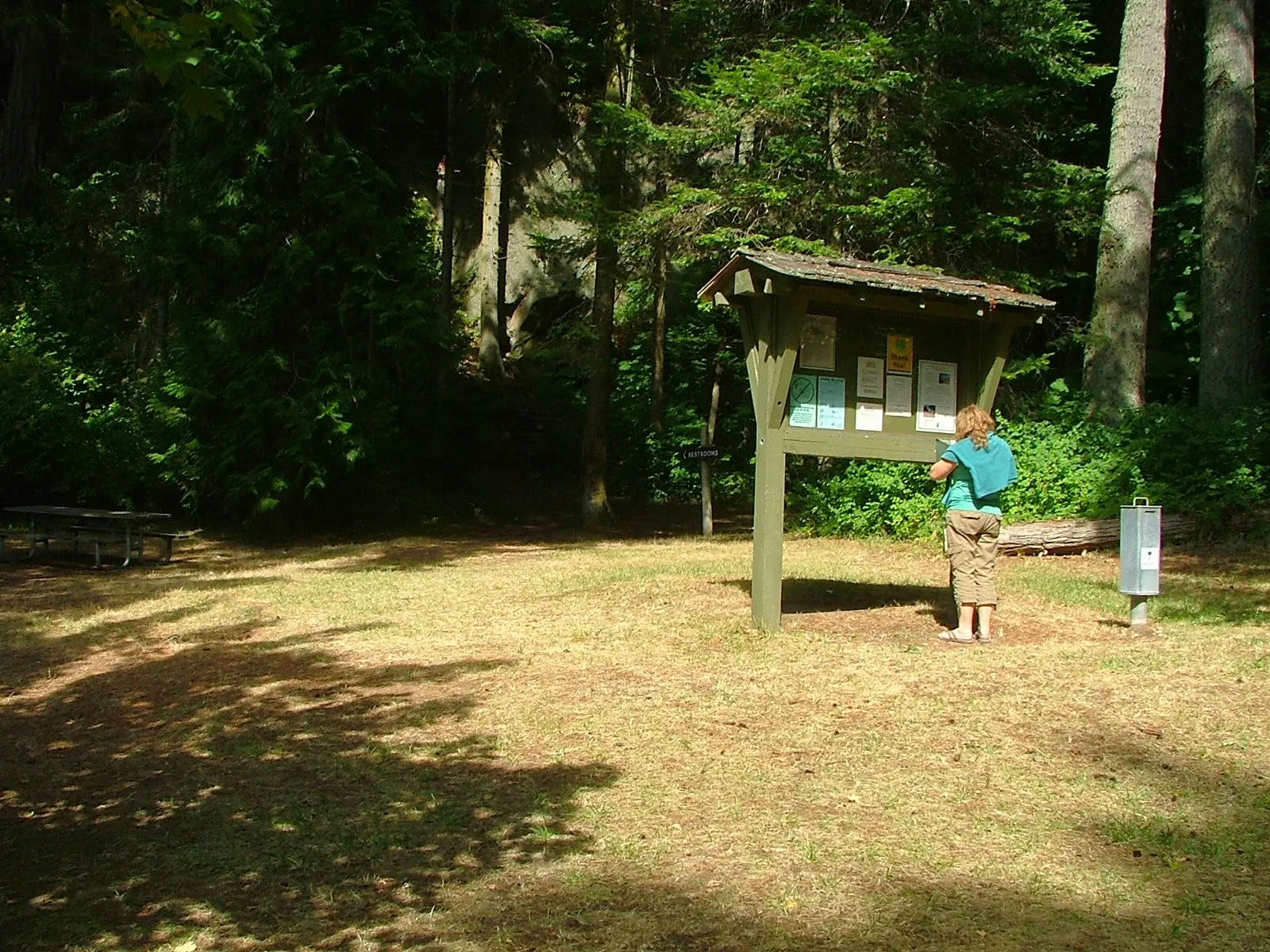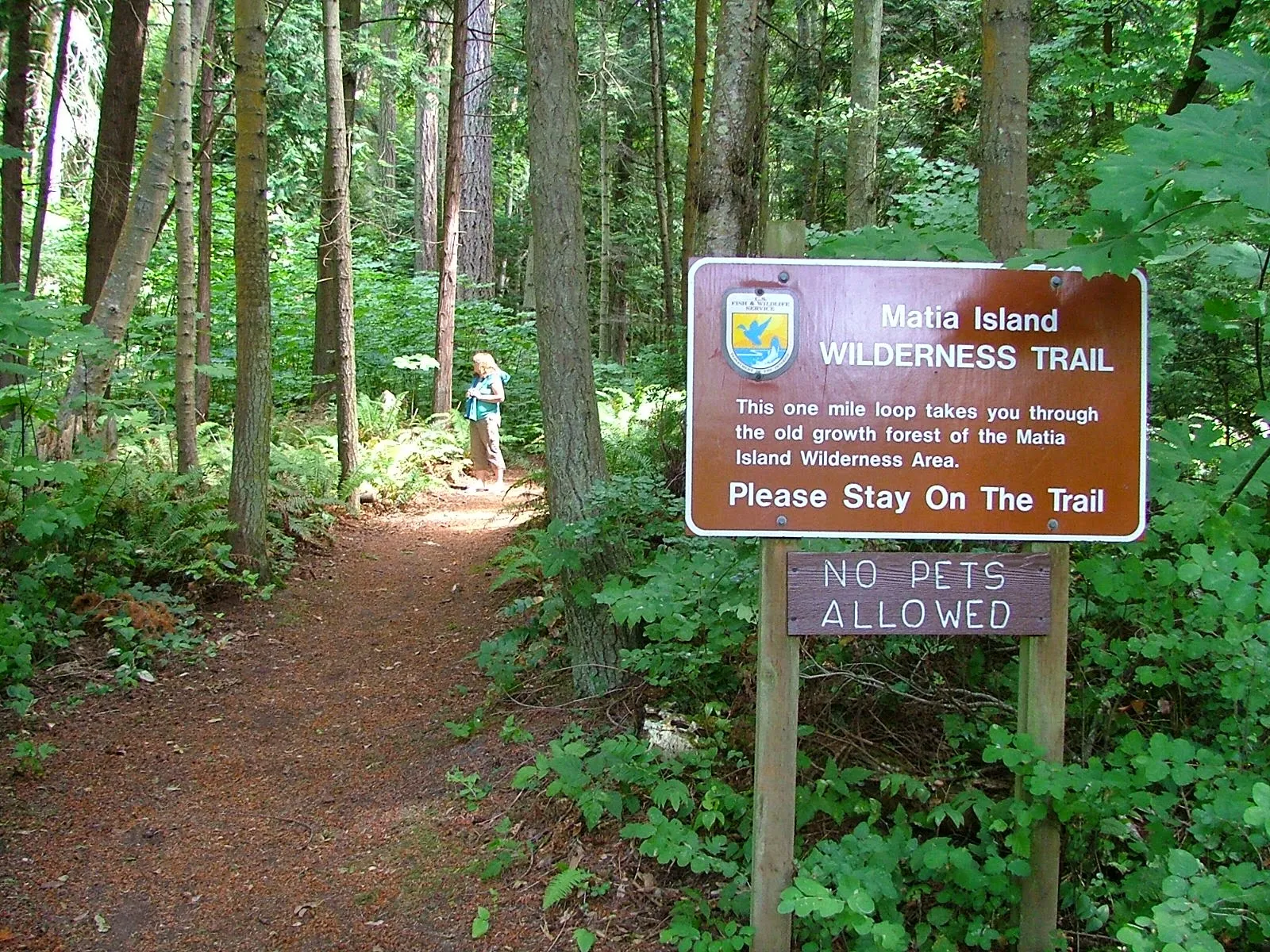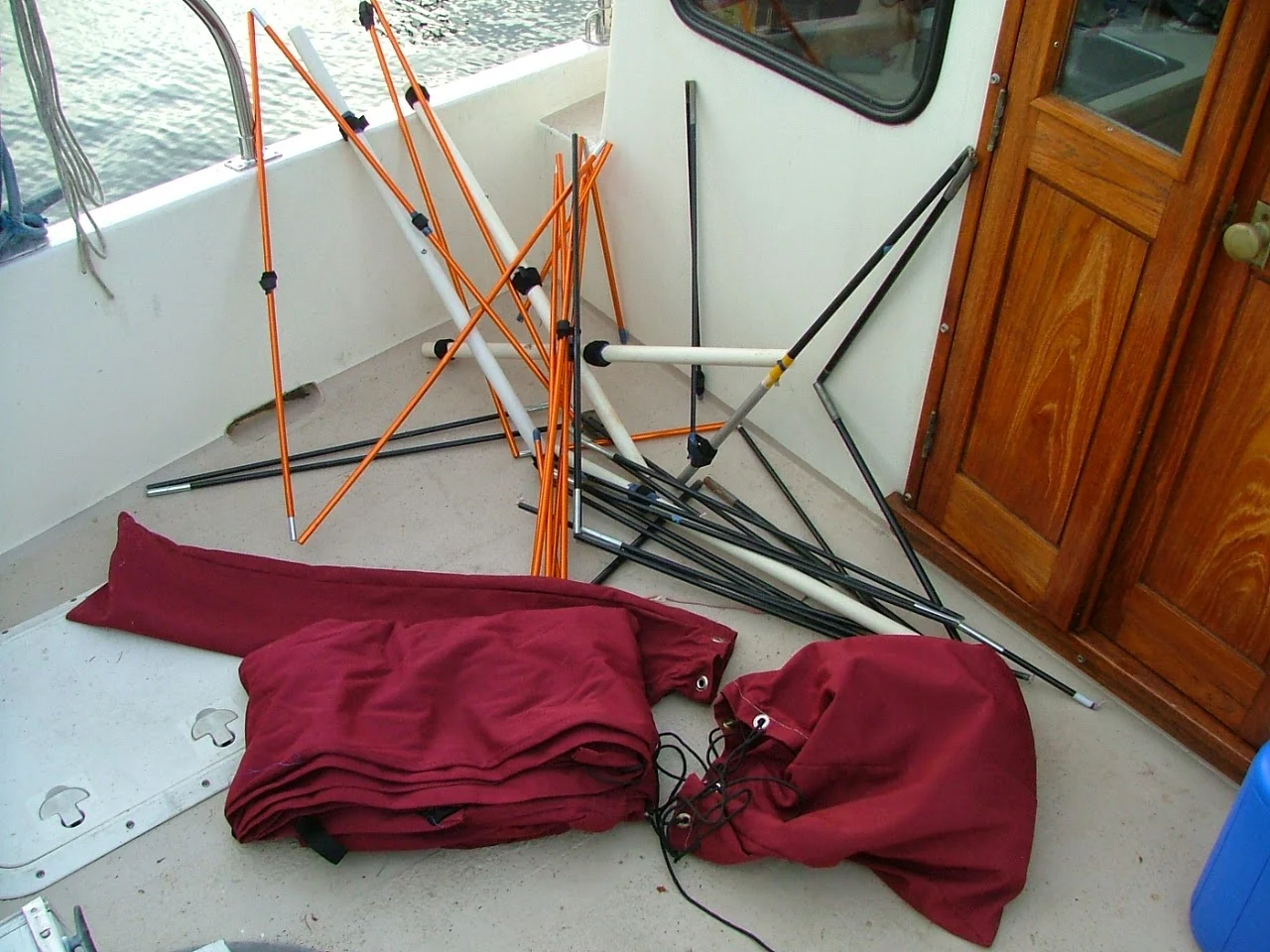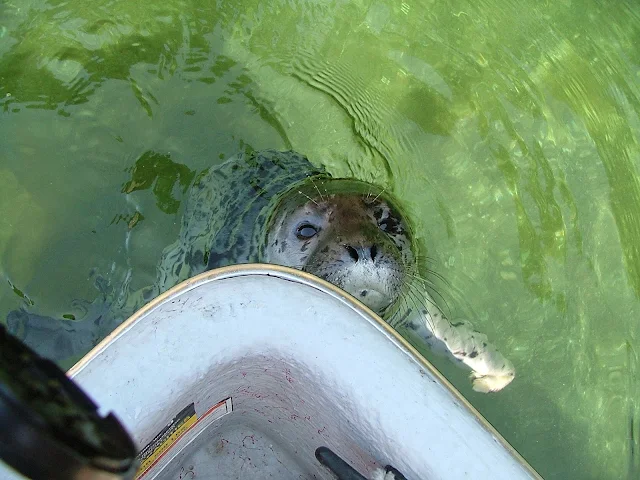I was ready to unleash a fiery rant about the absolute misery of car camping and the soulless monotony of tropical cruises—just to prove, once and for all, why boat camping is the superior way to vacation. But after letting the idea simmer for a bit, I had to admit the truth: I actually like car camping. And I won’t lie—lounging on a tropical cruise has its perks too. Maybe you feel the same way? There’s something undeniably appealing about a change of pace, a chance to hit the reset button, to escape from whatever it is we need escaping from. After all, isn’t that what life and adventure is really about?
So rather than list potential horrible road trip issues, let's concentrate on what a boat camping trip promises.
For starters, the cynic in me has already thought, "no promises."
OK, enhanced expectations: (satisfies me)
- relaxation (doing nothing at all, nothing!)
- change up in daily grind
- play with boat, meet and hang with other boat people
- be with friends and family
- do a little hiking-fishing-sailing-reading-writing
Relaxation, or being stress-free to me is key to a successful vacation, and worrying about where we will spend the night (on a road trip) is a major stress factor. You can say get a reservation, but there are many times, when reservations are not in the cards or severely limit what you do.
There is one major difference between car camping and boat camping
that is lost to non-boaters, and that is the freedom to come and go, anywhere, anytime, and never having to worry about a "sorry no vacancy sign" or the all-too-common "campground full sign."
When boat camping, there are no check-in check-out times, there are no camp hosts, no registration clerks. Docks at parks have some common-sense rules but are not reserved, and first come, gets it. You will never, and I stress this, "EVER" be sent away. Oh sure, it may be crowded somewhere from time to time, but there will always be room to anchor. (The dinghy rides just get a little longer) When boat camping, unlike a road trip, you never need to stress out over getting a place to stay, just go, you will have a spot when you arrive, and you can count on it. However, if you (not me) must ruin things, you can stress out over arriving in the dark, or other dumb self-inflicted pain, but that's another discussion.
So, what is the best reason for going boat camping?
Easy, we go boat camping to relax and get away from
it all!

